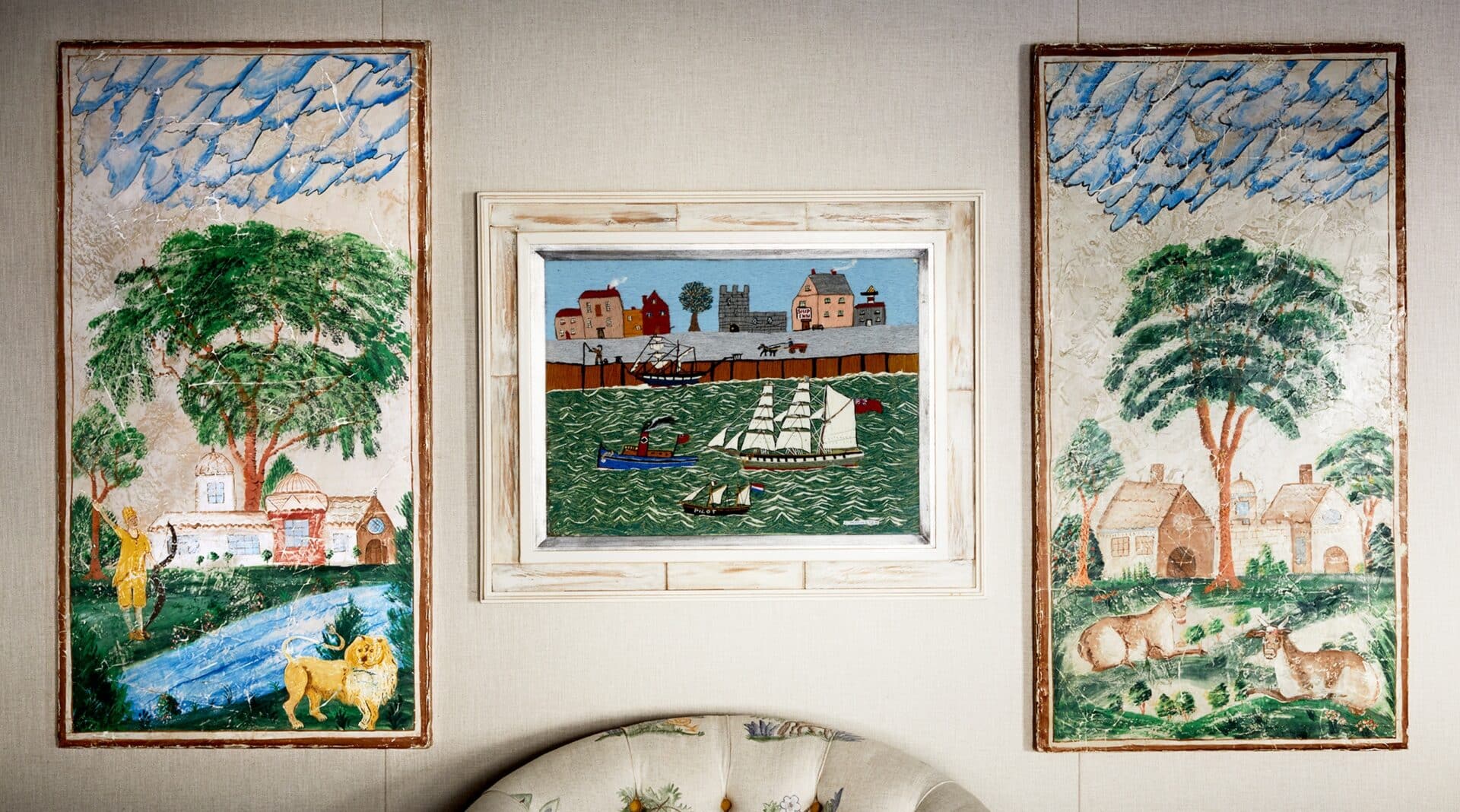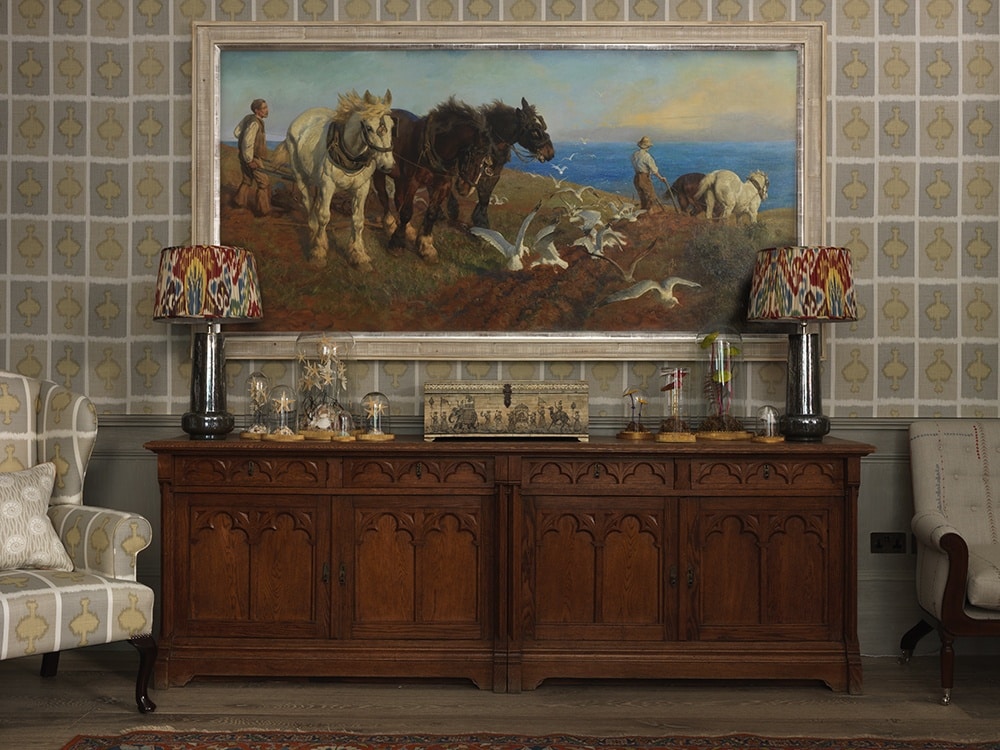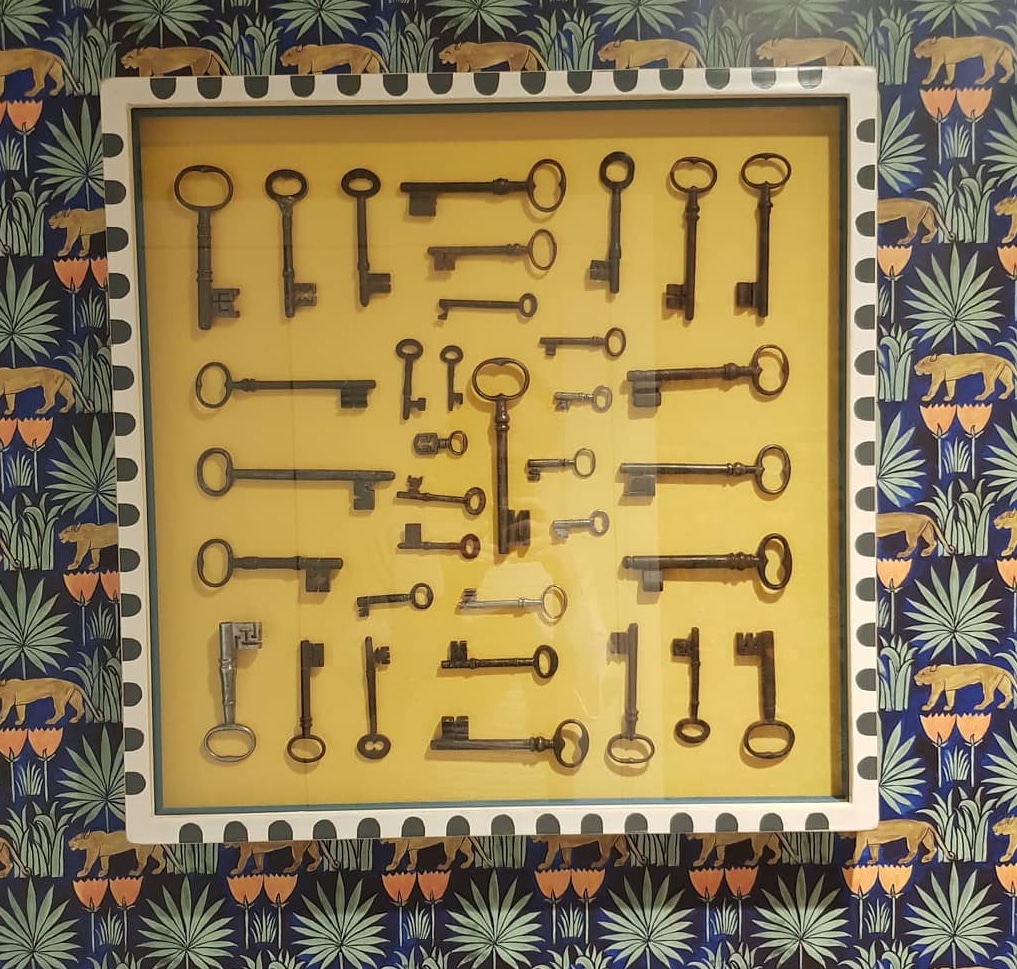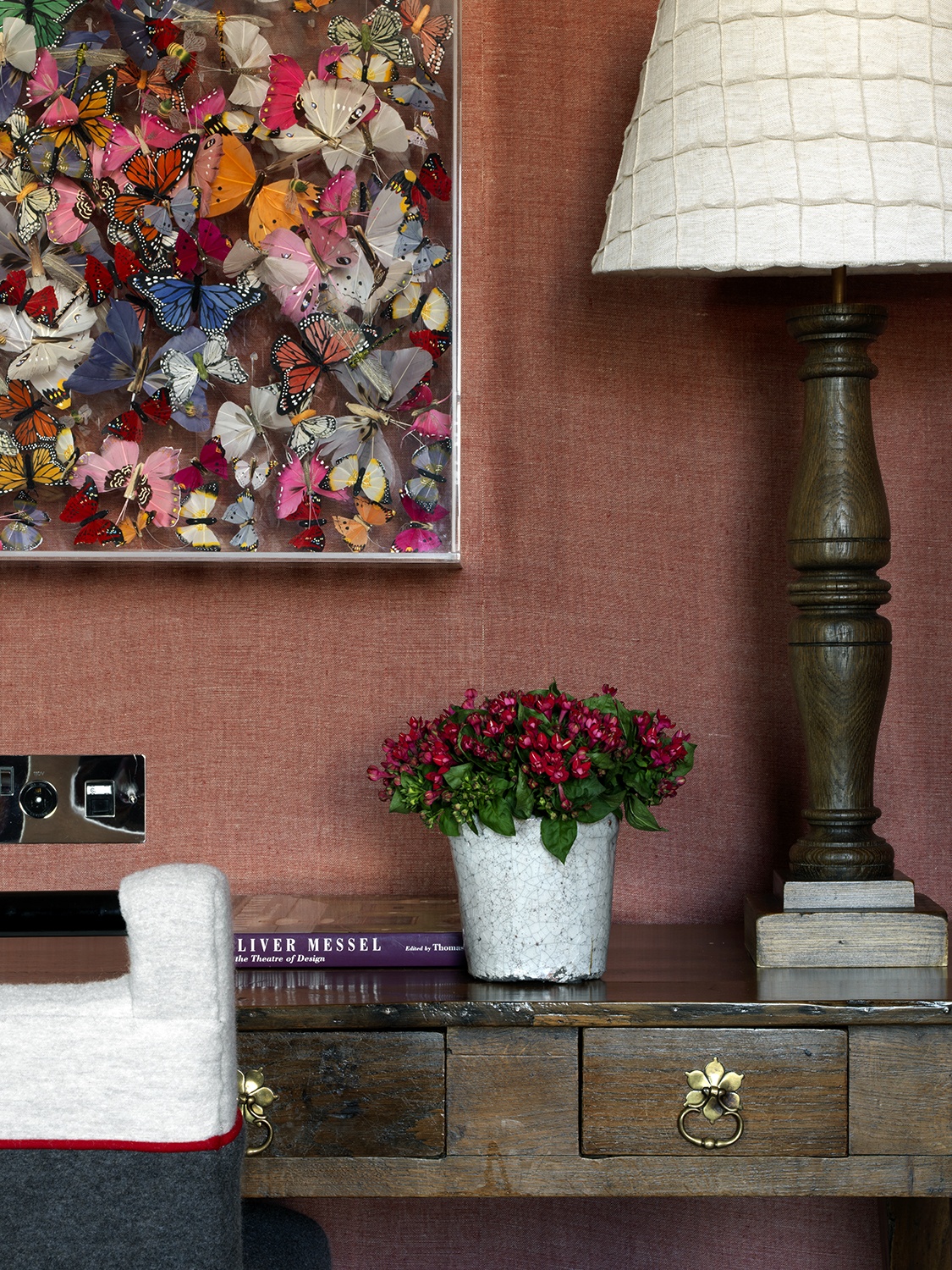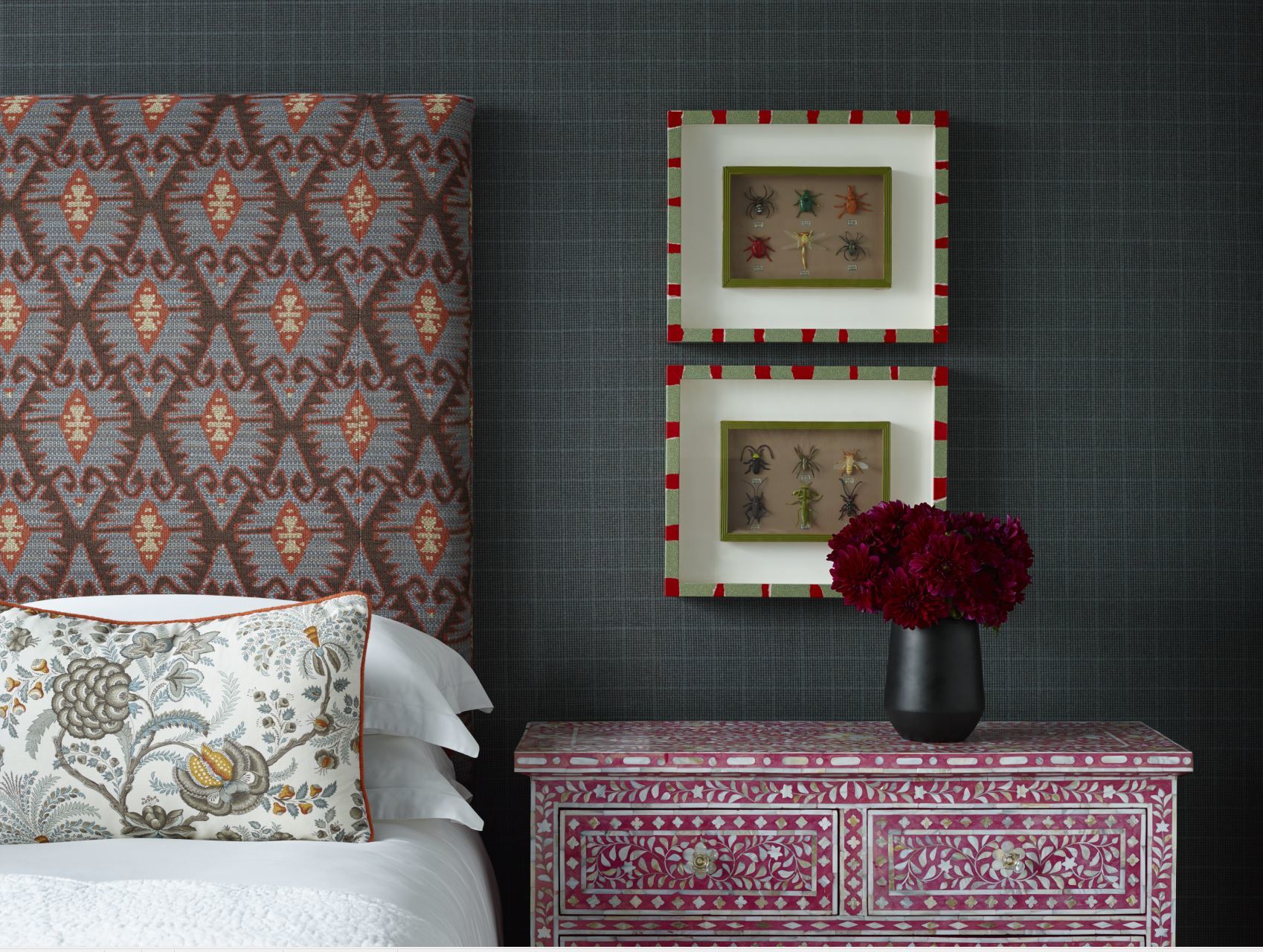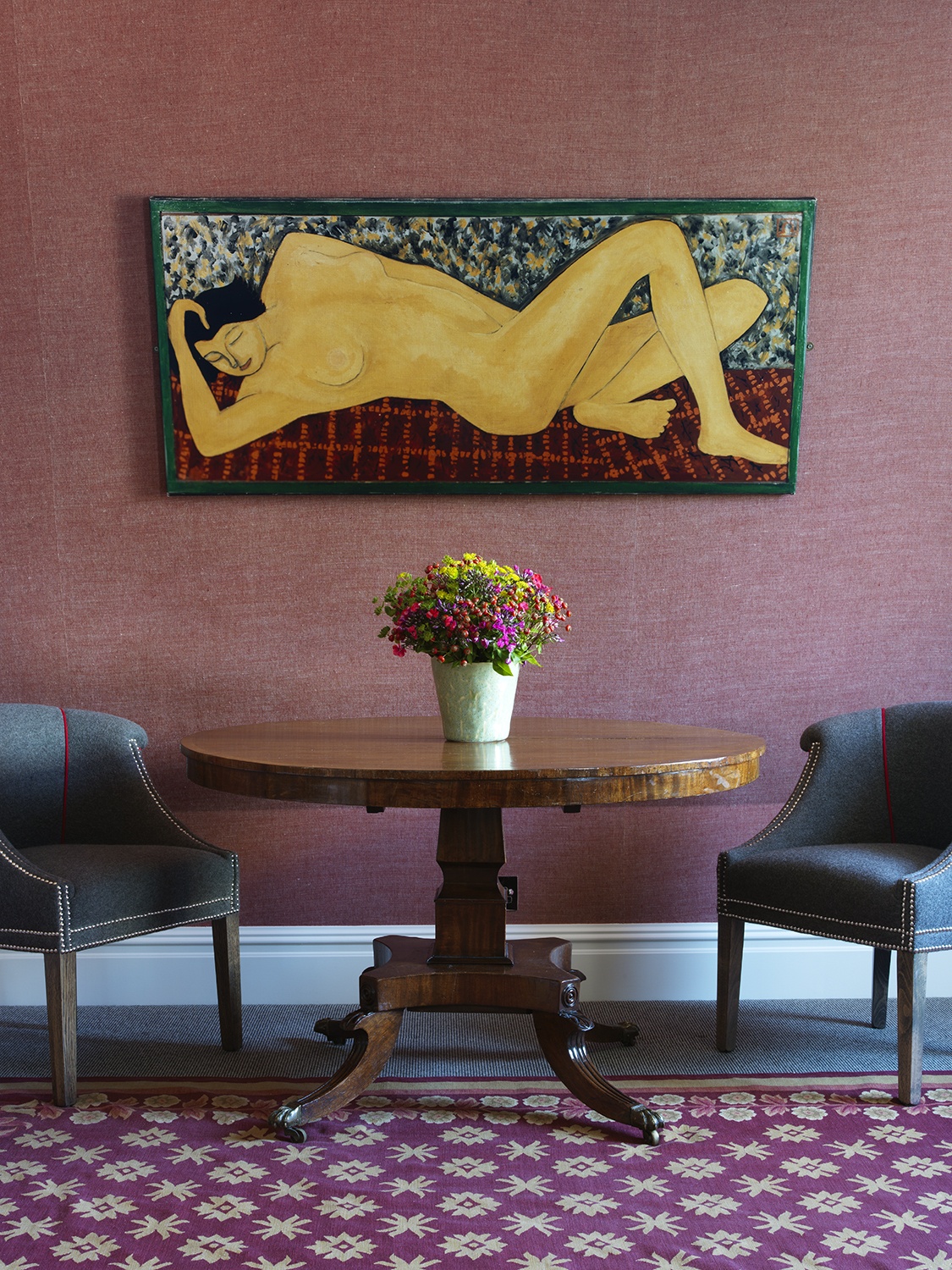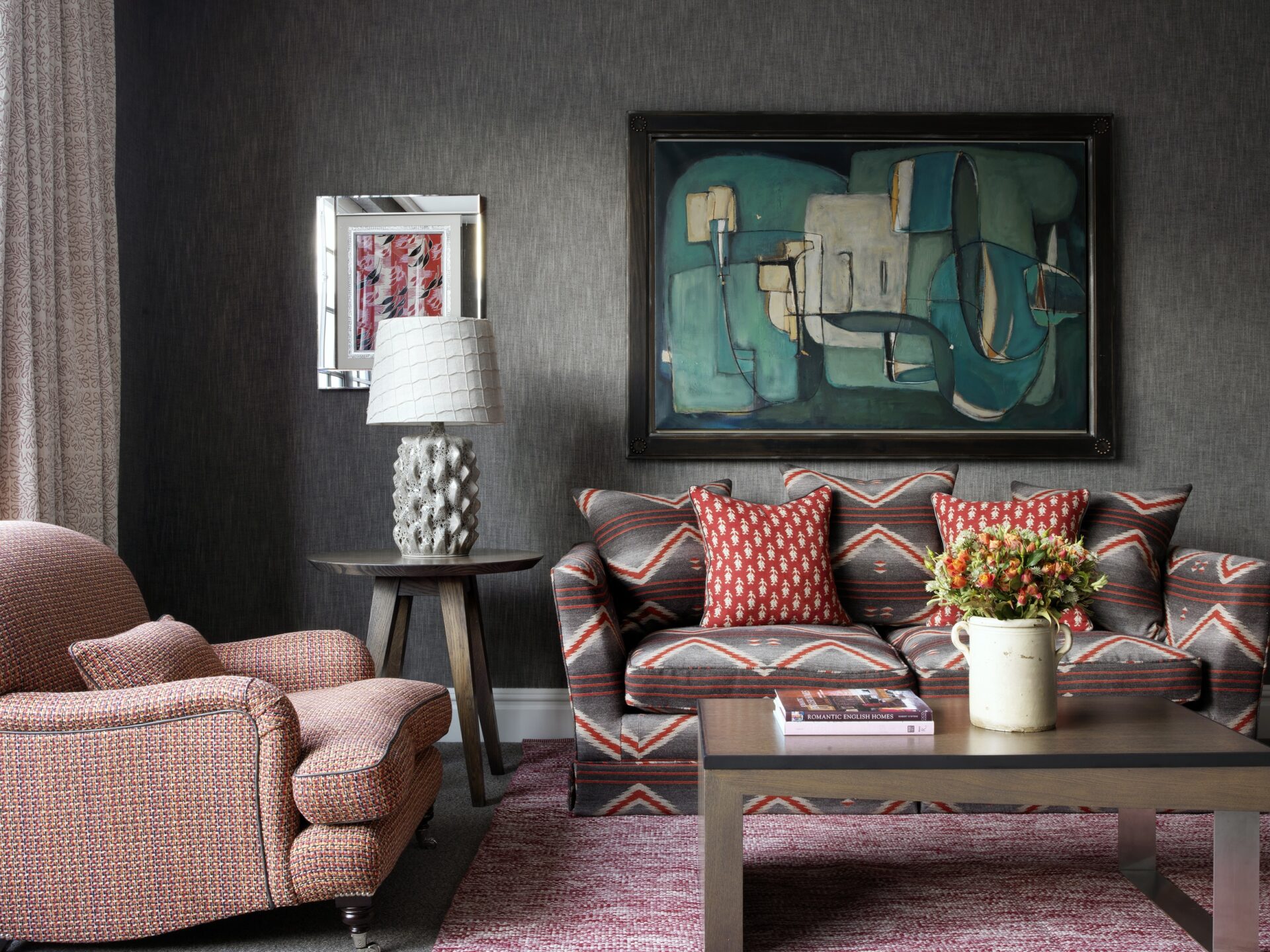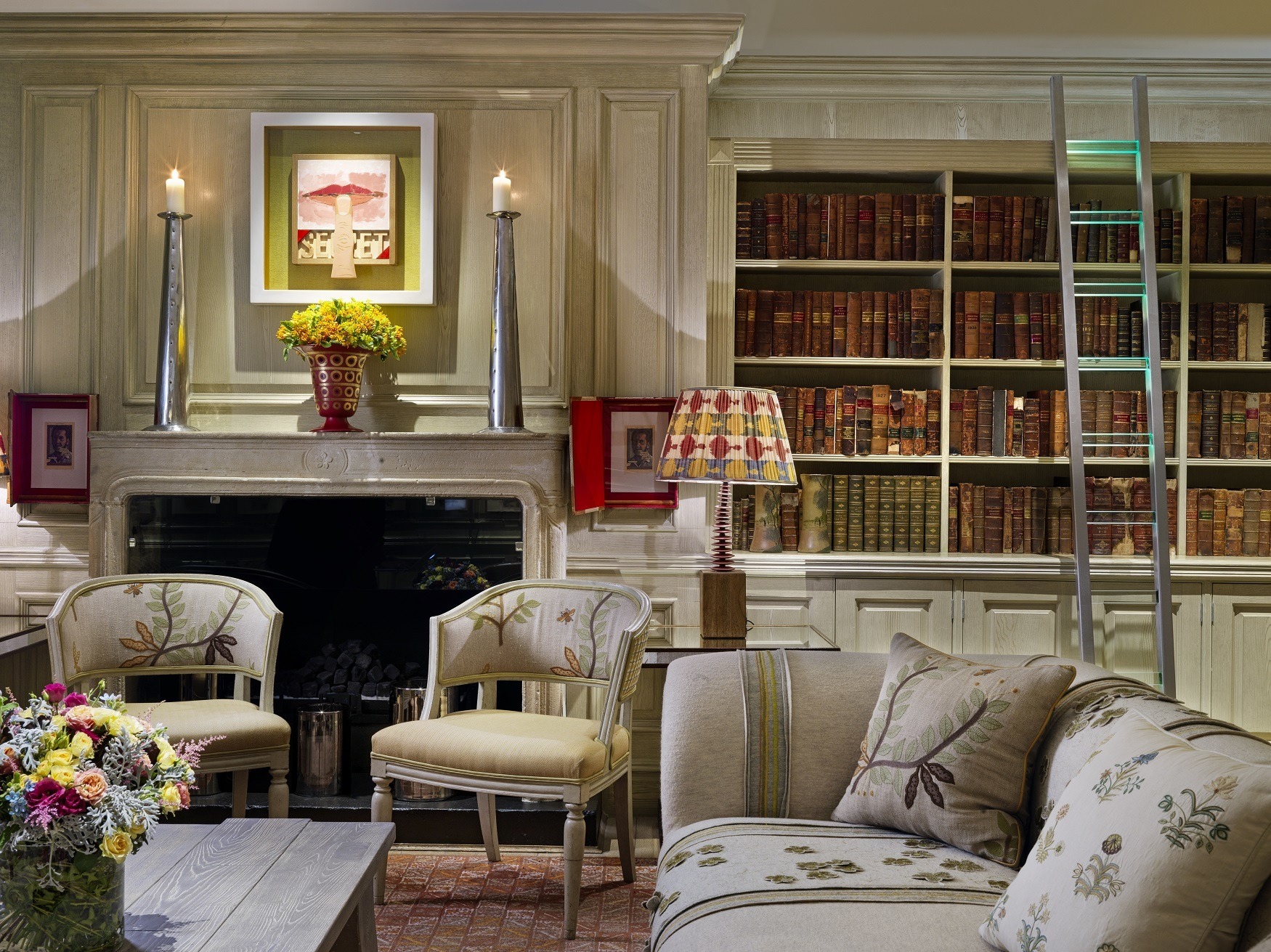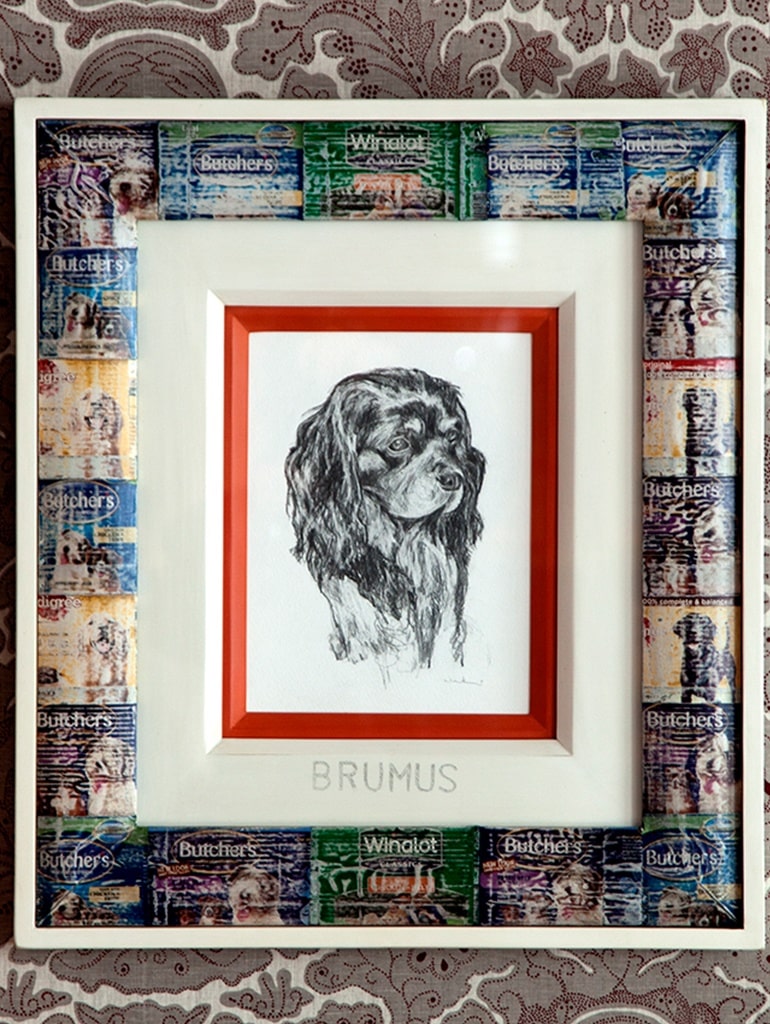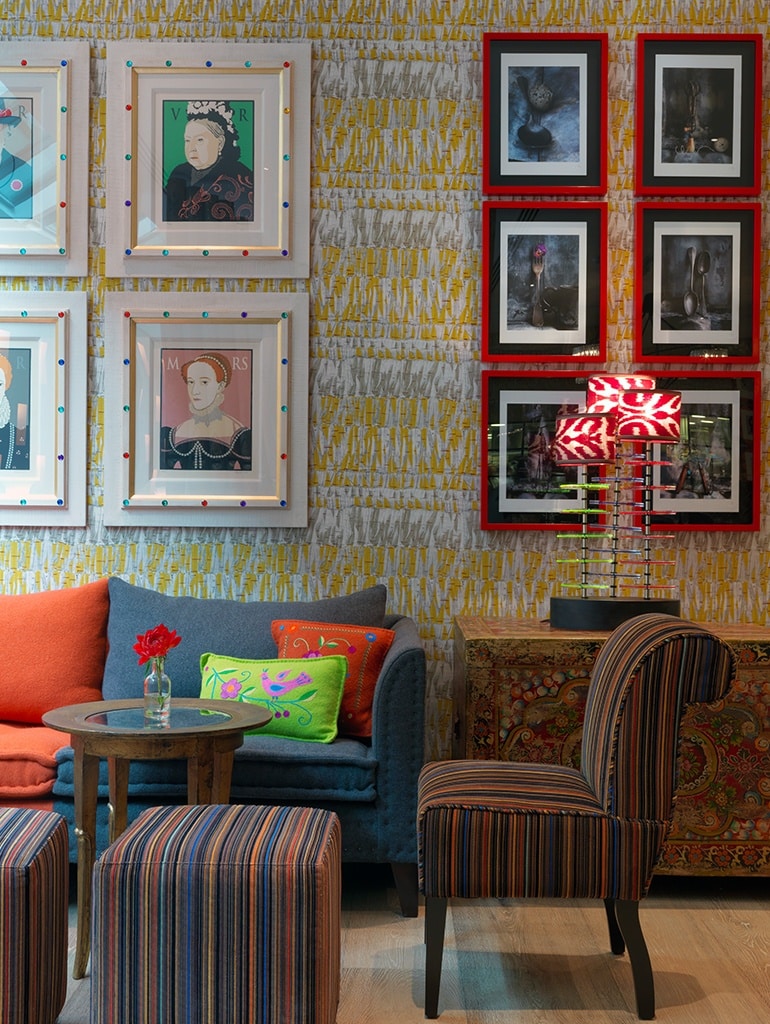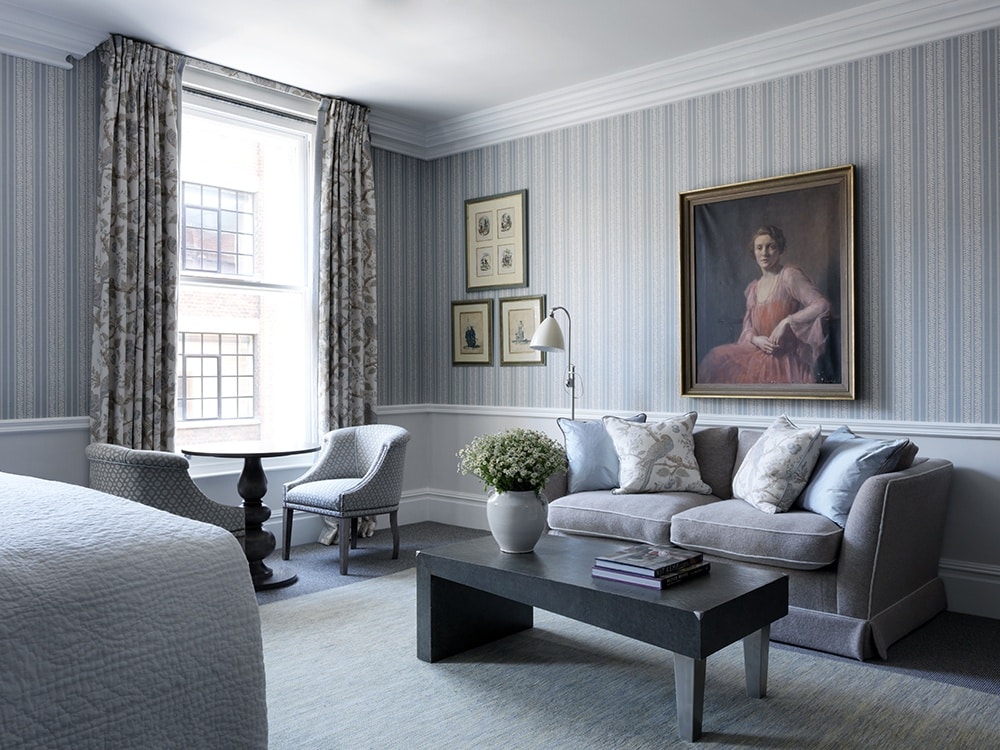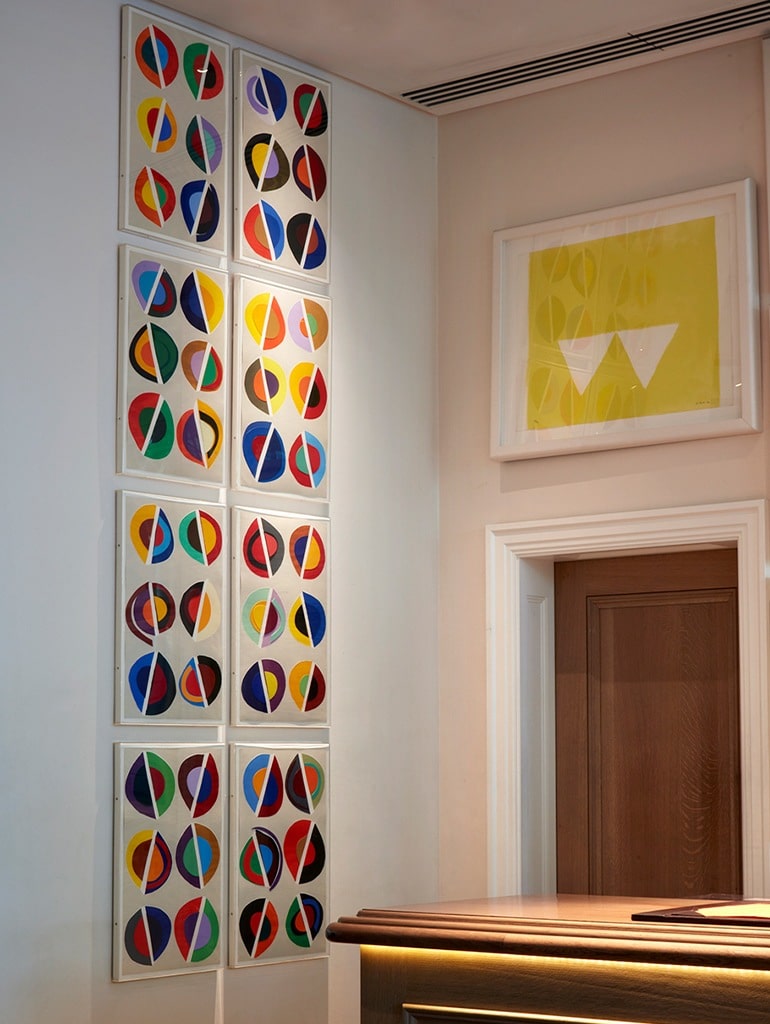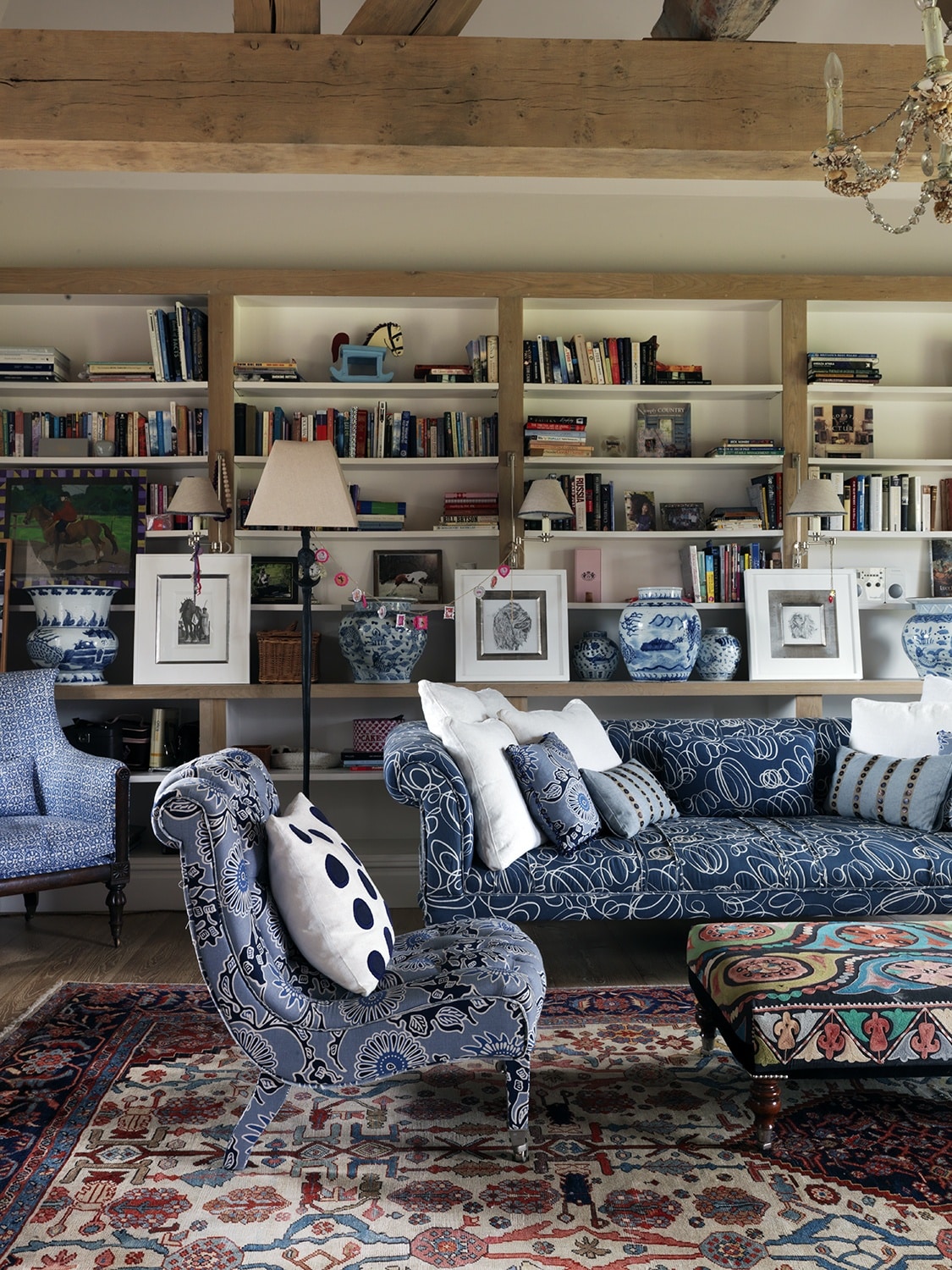
How to Hang Art to Tell a Story
How ToIf a picture can tell a thousand words, then an interestingly framed one shouts volumes. Anything can be elevated – from pages in a children’s picture book, a collection of plastic insects, a favourite handkerchief, a deck of playing cards or pieces of fabric – into admirable works of art...
If a picture can tell a thousand words, then an interestingly framed one shouts volumes. Anything can be elevated – from pages in a children’s picture book, a collection of plastic insects, a favourite handkerchief, a deck of playing cards or pieces of fabric – into admirable works of art. It is the framing that makes you look at them with fresh eyes, and very often the stranger the artwork the more inventive the frame.
We have created frames from old mobile phone cases and printing press letters, leather buckles from a belt and old floorboards. We have used the front of a kennel and an oar from a boat. We have used yards of old twine and a collection of buttons to show off a selection of visiting cards. For a portrait of Brumus our spaniel (whose name we took for the restaurant at the Haymarket Hotel) we used the tins of dog food as a frame. It looks very effective and is beautifully done. Making sure it was beautifully executed was the key – it now takes pride of place in the restaurant. Here are our dos and don’ts for how to hang art…
1. Don’t be scared of adding bold colours, even in a neutral scheme
An easy and inexpensive way to freshen up a neutral room is by adding colour through the paintings, collages and frames. Here, four vivid-print handkerchiefs by Peter Adler are imaginatively framed to add life and impact to the white walls.
2. Do create collections and frame them together
Collections of interesting objects such as plates or bowling shoes, when grouped together and cleverly framed can become an artwork in their own right. As opposed to only hanging conventional prints or paintings, why not create your own collection. A combination of different objects will create a unique feature for your wall.
In room 412 at The Soho Hotel, we installed a collection of antique iron keys. The vibrant background makes the piece looking fresh and contemporary.
This Lucy Kemp-Welch painting in Ham Yard Hotel’s library provides a beautifully observed West Sussex farming scene above a 19th century cabinet; on top is an inlaid Indian chest. Mirrored lamp bases are brightened with shades made from old ikats.
At Charlotte Street Hotel, we made this eye-catching artwork ourselves by using a collection of fabric butterflies, bought inexpensively, to fill a large Perspex frame.
4. If in doubt, let the room inspire your artworks
At Charlotte Street Hotel, a Bloomsbury-inspired painting in a dark green frame provides good company for the early 19th century breakfast table. The muted colours of the painting work perfectly in this scheme.
At Crosby Street Hotel in New York, plastic insects have been framed in an interesting, witty way, hung above a mother- of-pearl inlaid chest of drawers, next to a headboard upholstered in a fabric by Andrew Martin and a cushion by Bennison.
5. Don’t hang artworks too high or too low
It is important to remember to hang paintings at the height of the viewer’s eyes – not too tall and not too low. 170 centimetres from the floor to the centre of the art piece is a good average to work with. At The Soho Hotel, this abstract artwork by John Illsley, the ex-bass player in Dire Straits, makes a bold statement hung above a sofa in a Navajo inspired fabric.
6. Do get creative with the framing
Framing is important – I like to frame things in such a way that the illustration looks more striking and stands its ground in a room.
If a piece you love is too small for the wall, consider reframing it with a larger mount. A small picture in a large frame looks dramatic and calls for attention. These pieces are perfect for focal points – for example on top of a fireplace, as we have done in The Soho Hotel’s library.
Our dog Brumus has been creatively framed in ‘Winalot’ labels. Memories of a favourite portrait of a pet dog, framed with his favourite dog food is unforgettable and adorable.
Different framing ideas in a corner area of the bar at Ham Yard Hotel lend energy and colour to the space. Illustrations of the four queens (QEII, QEI, Queen Victoria and Mary, Queen of Scots) and photography of culinary objects by Simon Brown hang above a hand-painted chest displaying lamps custom-made in neon Perspex with ikat shades.
In Room 201 at the Covent Garden Hotel, a simple frame draws the eye to this early 20th century portrait of a lady wearing a coral gown and turquoise earrings. It has a romantic, old-fashioned elegance.
6. Do hang pieces together
Hanging artworks together will often be more effective than using one on each wall, where they can look “lost”.
It is also interesting to group items by technique or topic, such as botanical prints or a watercolour series. We love the collection of collages by Sir Terry Frost in the entrance at Ham Yard Hotel.
7. Do use alternative methods
If you are reluctant to make permanent changes to a wall, you can always lean a picture against it or use a picture shelf to create an ever-changing display of artworks.
Even two or three pictures leaning on a mantelpiece with other objects can look great – and you can change them as often as you wish.
CLICK HERE to sign up to Kit Kemp’s monthly newsletter.

